Exploring Outside the Textbook
Read about Mary Kingsley's travels in Africa and my travels in...my homestate. What can I say? Mary Kingsley is way cooler than me.
My students and I did some thinking about exploring this week (or wayfinding, when discussing Polynesians). I love these few days because it’s also a good chance to sneak some geography into my lessons. There is no “geography” class for students in my district, so I try to sneak it in when I can. After these lessons, students map out all the places where each of the explorers traveled.
Also, I miss traveling. Summer seems so, so far away.
A lesson to teach: Explorers
Once my students learn their textbook only features European explorers, we study non-European explorers. As a class, we learn about Polynesians by watching this TED-Ed talk, reading this article by Ben Finney (President of the Polynesian Voyaging Society), and learning about Hōkūleʻa (a sailing canoe similar to the ones that ancient Polynesians sailed. Launched in the 1970s, Hōkūle‘a circumnavigated the world to showcase the skills and glory of Polynesian Wayfinding) on this website. I had to be absent one day (writers conference!) and had my students watch this documentary and answer these questions. We also watch this little snippet of Moana and look for clues that research was done on this Disney film :)
Then I break my students up into five groups to study other explorers. Each group reads a picture book, reads an article online, and watches a clip on YouTube about their explorer. I grab copies of all the picture books at my local library. Each student completes notes on their explorer on this worksheet.
Mansa Musa
Picture book: Mansa Musa: The Lion of Mali by Khephra Burns (I only have my students read the last two pages)
Article: This 14th-Century African Emperor Remains the Richest Person in History
Video Clip: Mansa Musa, one of the wealthiest people who ever lived
Ibn Battuta
Picture book: Traveling Man: The Journey of Ibn Battuta by James Rumford
Article: Why Moroccan Scholar Ibn Battuta May Be the Greatest Explorer of All Time
Video Clip: Ibn Battuta: The Great Traveler
Zheng He
Picture book: Zheng He: The Great Chinese Explorer by Jian Li (this book is in English and Chinese!)
Article: Chinese Admiral in the Indian Ocean
Video Clip: The Voyages of Zheng He
Isabella Bird
Sacagawea
Picture book: I am Sacagawea by Brad Meltzer
Article: Sacagawea
Video Clip: Sacagawea: The True Story
Finally, I break students up into Jigsaw Groups and they teach their new group about their explorer, completing this chart.
A book to read: TRAVELS IN WEST AFRICA, by Mary Kingsley
The aforementioned picture books are excellent reading material for you and your students. However, if you want something a little more substantial for yourself, I’d find one of Mary Kingsley’s books. I think TRAVELS IN WEST AFRICA is her most famous.
You won’t exactly find this book at your local Barnes & Noble. Your local library probably won’t have a copy either. But in 1897 this book was all the rage. (Project Gutenberg has the whole text here for free or you can by a copy through Bookshop here).
Mary Kingsley, a particularly adventurous spinster, headed down to Africa in the late 1890s after her parent died. She writes about her hopes of collecting fish samples, learning about African religions, and generally poking around a bit. She also turned a handy profit from her visits to Africa due to her books and lectures covering her travels.
Although parts of the book are a little dry, her moments of self-deprecating humor are worth slogging through the boring bits. I especially love this bit of advice, should you find yourself in a crocodile-infested mangrove swamp:
Now a crocodile drifting down in deep water, or lying asleep with its jaws open on a sand-bank in the sun, is a picturesque adornment to the landscape when you are on the deck of a steamer, and you can write home about it and frighten your relations on your behalf; but when you are away among the swamps in a small dug-out canoe, and that crocodile and his relations are awake - a thing he makes a point of being at flood tide because of fish coming along - and when he has got his foot upon his native heath - that is to say, his tail within holding reach of his native mud - he is highly interesting, and you may not be able to write home about him - and you get frightened on your own behalf; for crocodiles can, and often do, in such places, grab at people in small canoes….Of course if you really want a truly safe investment in Fame, and really care about Posterity, and Posterity’s Science, you will jump over into the black batter-like, stinking slime, cheered by the thought of the terrific sensation you will produce 20,000 years hence, and the care you will be taken of then by your fellow-creatures, in a museum. But if you are a mere ordinary person of a retiring nature, like me, you stop in your lagoon until the tide rises again; most of your attention is directed to dealing with an “at home” to crocodiles and mangrove flies, and with the fearful stench of the slime round you. What little time you have over you will employ in wondering why you came to West Africa, and why, after having reached this point of folly, you need have gone and painted the lily and adorned the rose, by being such a colossal ass as to come fooling about in mangrove swamps.
Alas, Mary Kingsley does not retire back home to paint lilies. She continues her adventures in Africa by falling out of canoes in the Ogowé River, climbing Mount Cameroon, and meeting every person and fish she can.
I love this line about a clarinet player as well: “Almost immediately after follows the sound of a little click from the next cabin, and then apparently one of the denizens of the infernal regions has got its tail smashed in a door and the heavy hot afternoon air is reft by an inchoate howl of agony. I drop my needlework and take to the deck, but it is after all only that shy retiring young man practising secretly on his clarionet.”
Hahaha. Savage, Mary Kingsley.
Although Kingsley was somewhat ahead of her time in some matters (she generally disapproved of missionaries messing with religious beliefs, for example), readers should bear in mind that Kingsley is not immune to the pervasive racism of the time.
A place to explore: Columbia River with my kids
Sadly, I’ve never followed the footsteps of Mary Kingsley. I’ve never traveled via steamer to Central Africa. Hopefully, this is in my future. I’ve also never been to Polynesia (well, I did go to Hawaii once, with very boring people who wanted to spend literally all their time shopping for pearls instead of surfing, hiking, or exploring. Luckily, I don’t hang out with those people anymore.)
While I have been to Egypt (like Mansa Musa and Ibn Battuta) and China (like Zheng He) and Colorado (like Isabella Bird), Sacagawea and I have the most travel overlap. A few hours south of Seattle, the Columbia River dumps into the Pacific Ocean. Sacagawea spent the winter of 1805 - 06 here with Lewis and Clark and the Corps of Discovery.
Unlike Sacagawea, I opted for a summer trip.
After swimming in the Columbia River, we learned a bit about the Lewis and Clark trail (because I’m the kind of parent who stops and makes the family read roadside plaques and markers)
“Why don’t they call it the Sacagawea Trail?” wondered my kiddo. “It kind of seems like she’s the one that did all the work.”
Well stated little one.
Side note: If you are headed down to the Columbia River Gorge from Western Washington, might I suggest taking the scenic route? Take Highway 12 down past Riffle Lake, enjoy Mt. Rainier views, and drive through the Gifford Pinchot National Forest towards Mt. Adams and Trout Lake. Spend the night at Trout Lake’s Cozy Cabins before heading to Hood River and the Columbia River Gorge.
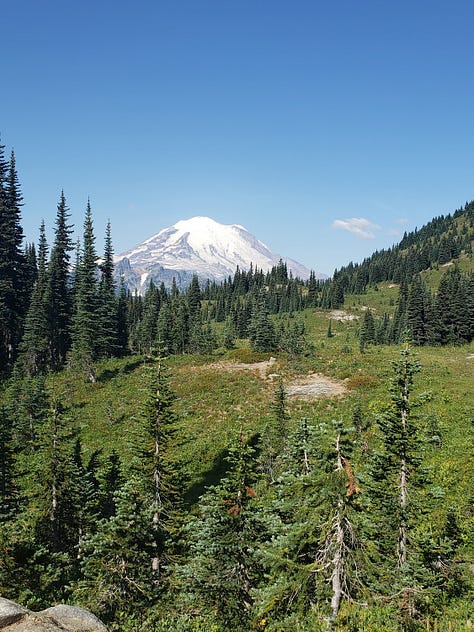
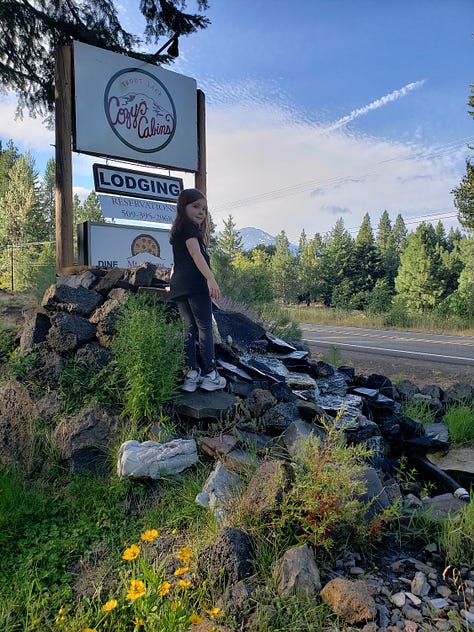

Affiliate book links in this newsletter are through Bookshop, a book-buying platform that gives independent bookstores tools to compete online and maintain their presence in local communities. If you purchase books via the links in this newsletter, you’ll are financially supporting me AND your local independent book store, so thank you!



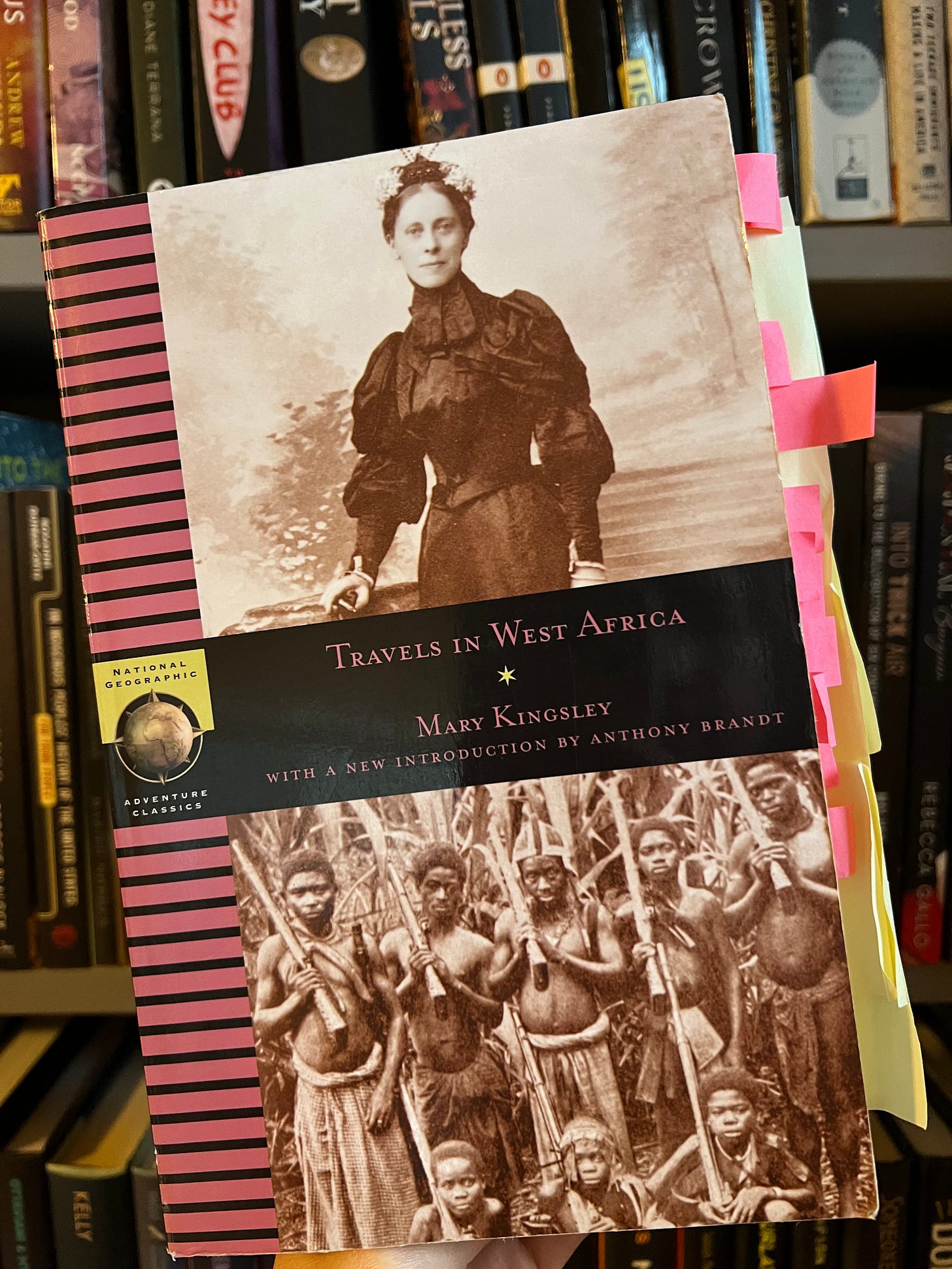
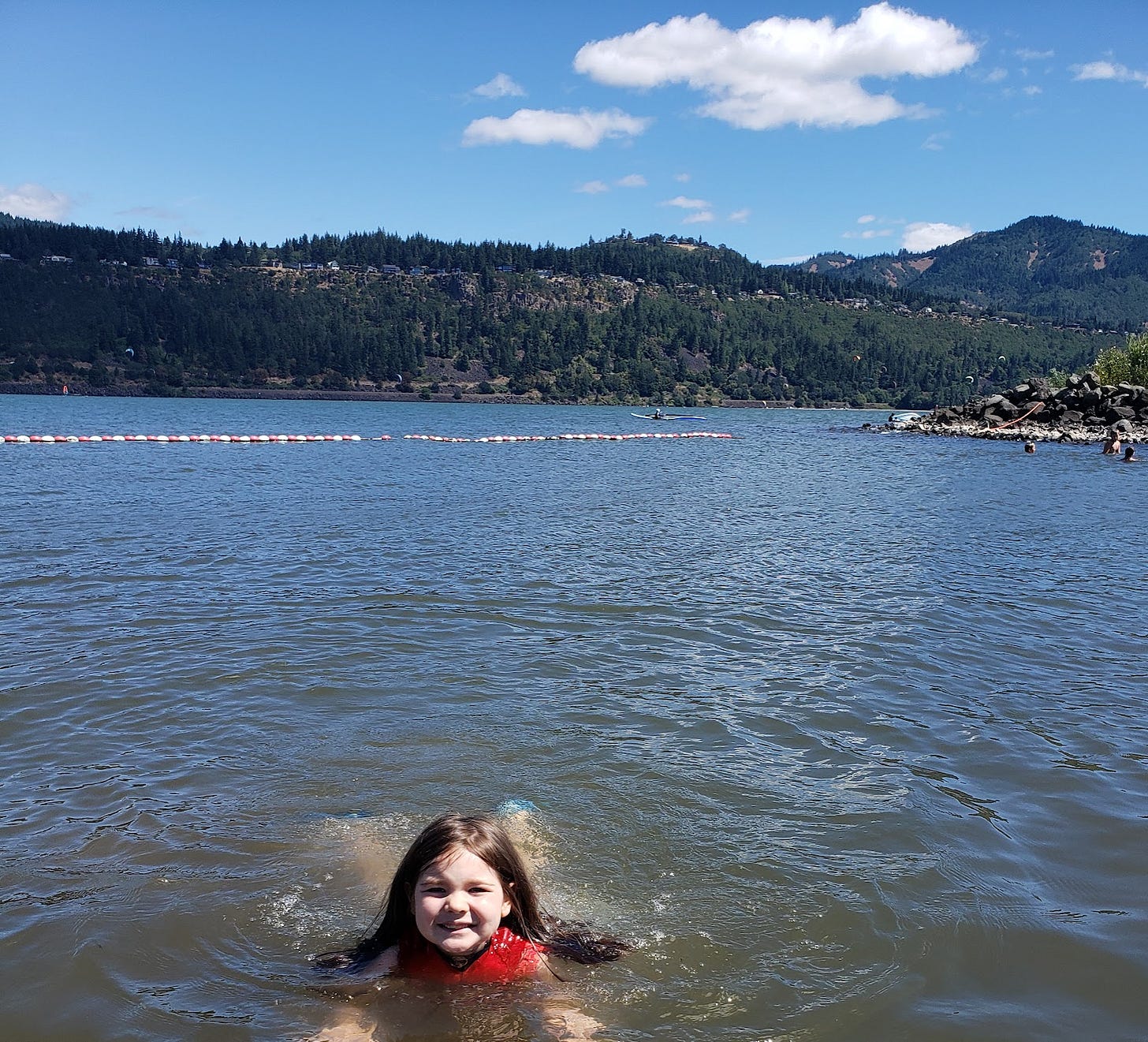
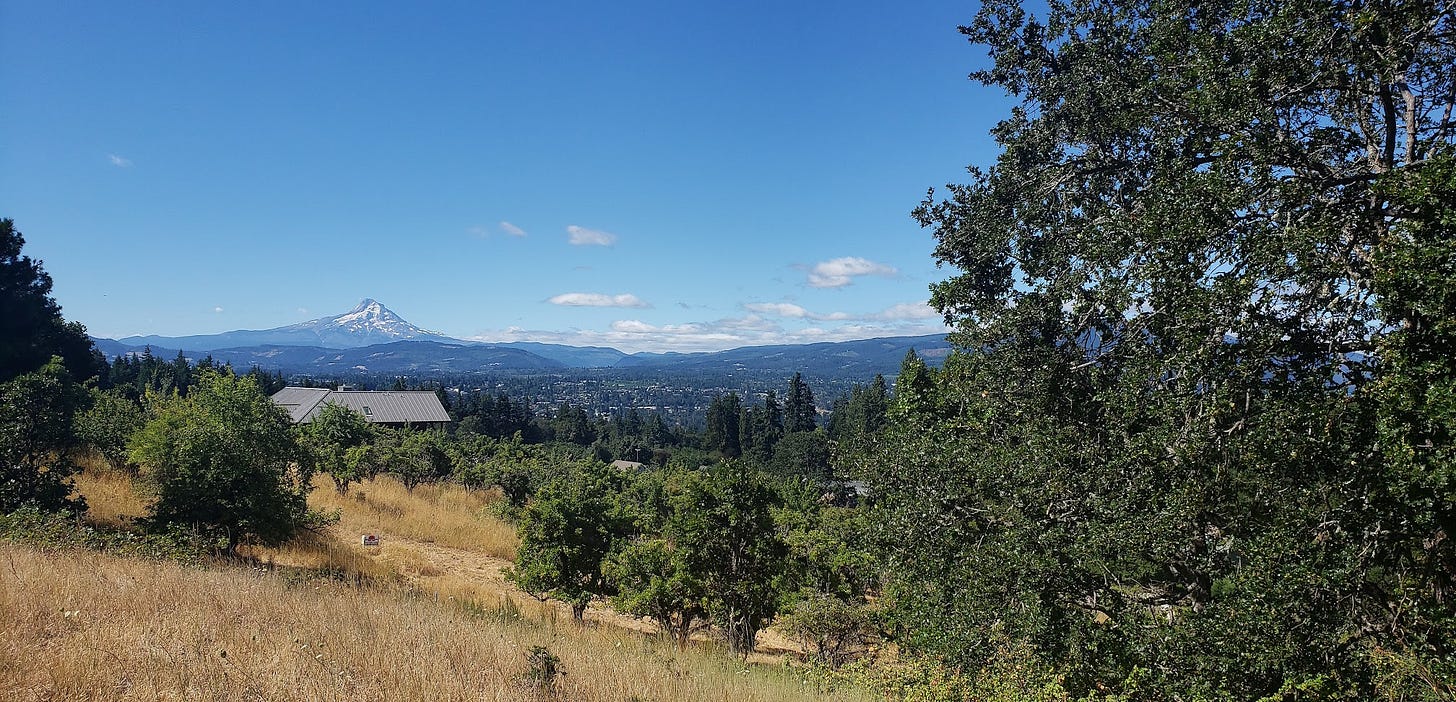
I really enjoyed this. Thank you!